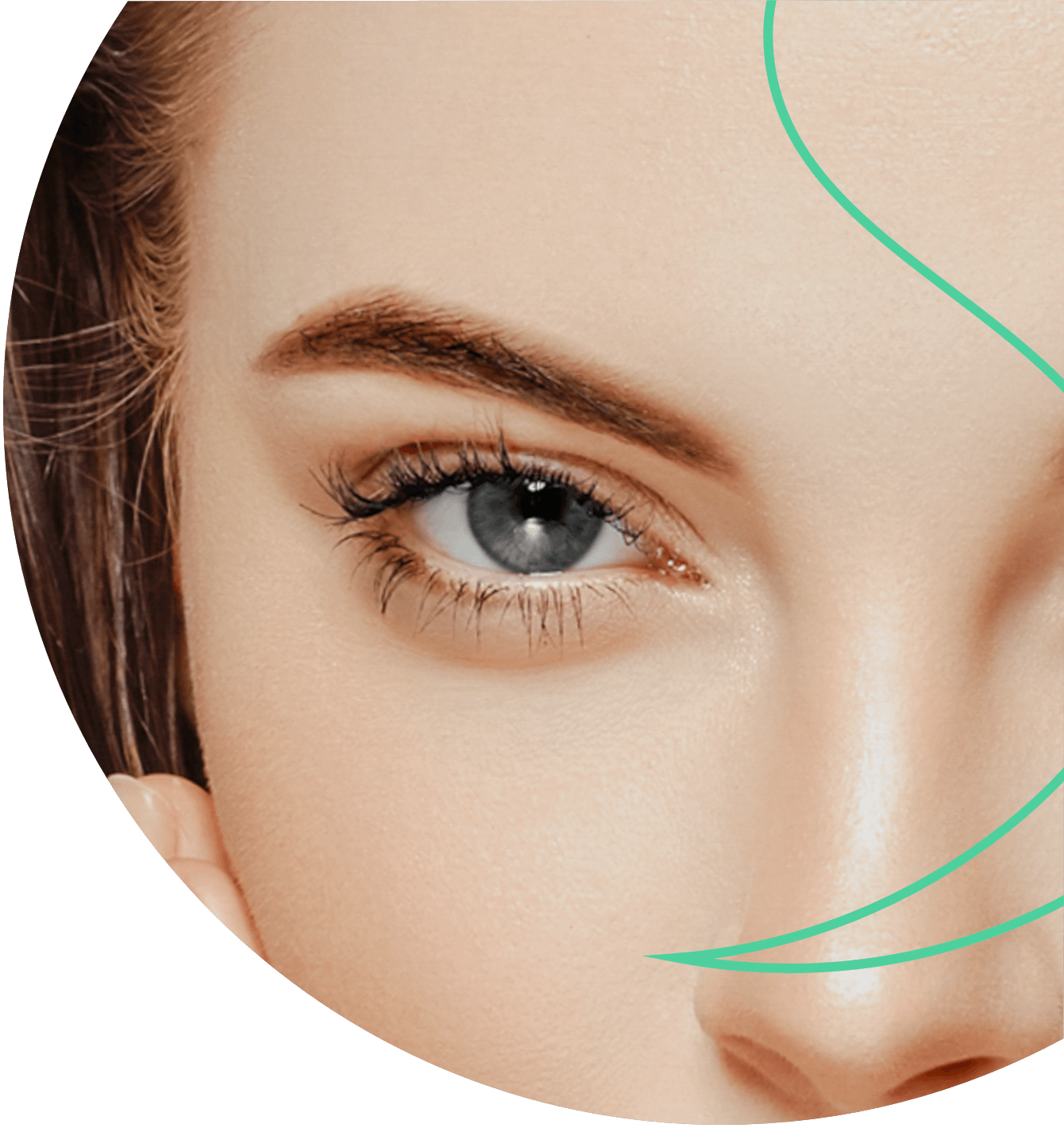The Procedure
- Thread Placement: A thread lift involves the insertion of fine, biodegradable threads under the skin. These threads are often made of materials like polydioxanone (PDO), which dissolve over time.
- Lifting and Tightening: Once the threads are inserted, they are gently pulled to lift and reposition the skin. This helps to reduce sagging and restore a more youthful appearance.
- Collagen Stimulation: The presence of the threads also stimulates the production of collagen in the skin. Collagen is a protein that contributes to skin elasticity and firmness, and its increased production can further enhance the results of the procedure.
- Absorption of Threads: Over time, the threads are gradually absorbed by the body. The lifting effect and collagen production can continue for several months after the procedure.
Thread lifts are typically used to address mild to moderate signs of skin laxity, such as sagging jowls, drooping cheeks, and loose skin on the neck. However, they are not as effective as a surgical facelift for more extensive skin sagging.
It’s essential to consult with a qualified and experienced cosmetic surgeon or dermatologist if you’re considering a thread lift. The suitability of the procedure for an individual depends on their specific concerns, skin type, and desired results. Like any medical procedure, there are potential risks and side effects associated with thread lifts, including bruising, swelling, and the possibility of visible or palpable threads. It’s also important to understand that the results of a thread lift are temporary, typically lasting anywhere from one to two years.
Before undergoing any cosmetic procedure, it’s important to have a thorough consultation with a medical professional who can evaluate your specific needs and provide guidance on the most appropriate treatment options.




